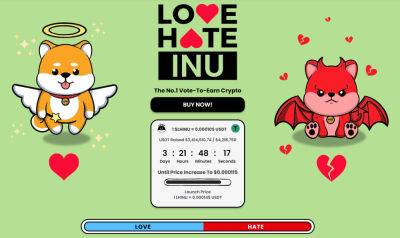Why are oil prices rising and what does it mean for inflation?
Oil prices jumped on Monday after some of the world’s biggest producers agreed to cut production. Here we explain what happened and what it might mean for inflation and interest rates.
The reason oil prices jumped by more than 7% in early London trading was that members of the Opec+ cartel agreed a surprise cut in production over the weekend. The move, led by Saudi Arabia, will take effect next month and will reduce the supply of crude by more than 1m barrels a day. All other things being equal, limiting supply of oil leads to an increase in its price, and that explains why a barrel of Brent crude – one of the benchmarks for the market – hit $86 a barrel.
This looks like a pre-emptive move from the cartel ahead of a likely economic slowdown – and possible recession in the US – later this year. Opec+ said its decision was aimed at ensuring stability in the oil market, by which it means putting a floor under oil prices of about $80 a barrel. Even so, the production cut represents a gamble that stronger demand from China – where the economy is recovering from its strict lockdown – will offset the dampening effect on demand in the west. It is a sign of the cooling of relations between Washington and Riyadh that the Saudis went ahead with their voluntary production cut despite strong opposition from Joe Biden’s administration.
This is the $64m dollar question. In the past, Opec+ has announced production cuts and then failed to follow through on the commitments. Traders will be looking closely for evidence of quota busting this time. But even if there is no cheating, today’s surge in the oil price to the highest level since January will only stick if the global economy can shrug off the impact of dearer energy. If it can’t,
Read more on theguardian.com










